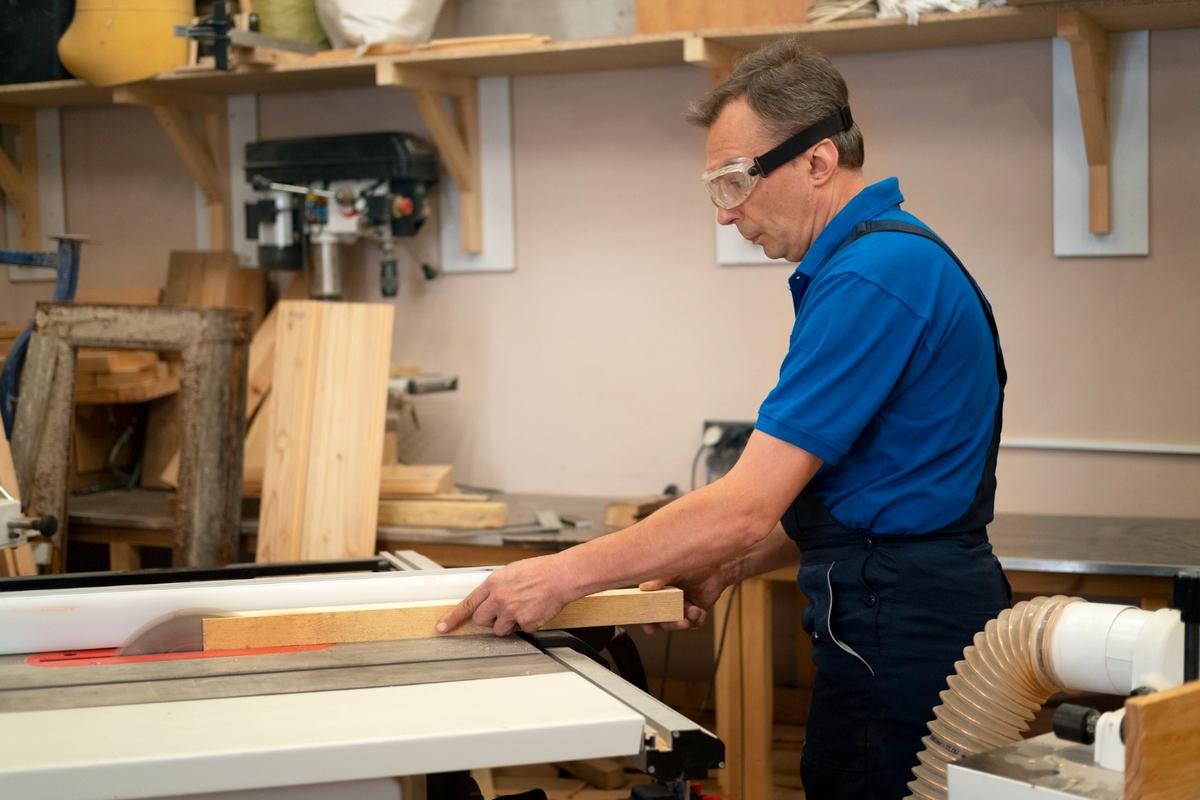Dream Bedroom Furniture: Wardrobes & Bed Frames

Dream Bedroom Furniture: Wardrobes & Bed Frames
Tyvitkanoral undertook a pivotal project to transform the custom bedroom furniture acquisition experience. Our primary challenge was enabling customers to accurately visualize bespoke wardrobes and bed frames within their personal spaces. The objective was to create an immersive, intuitive platform for designing and visualizing ideal furnishings with precision and realism. This initiative focused on elevating user engagement through advanced interactive design tools and robust backend processing for highly individualized orders. We aimed for improved conversion rates via a superior customization journey, reduced order processing errors through integrated validation, and enhanced customer satisfaction by delivering precisely tailored products.
Engineering User Experience and Architectural Robustness
-
User Experience and Interface Design (UX/UI)
Our design process yielded an intuitive, drag-and-drop visual builder. Users can effortlessly adjust dimensions, select materials, colors, and configure internal layouts for wardrobes and bed frames. A core element was the integrated, real-time 3D rendering engine, providing instant, high-fidelity previews from multiple angles. We also incorporated augmented reality (AR) capabilities for in-room visualization via mobile devices. The user journey was meticulously designed as a clear, step-by-step process, minimizing cognitive load from concept to order. The interface features a responsive design, ensuring optimal usability and consistent aesthetics across desktop, tablet, and mobile devices.
-
Architectural and Technological Solutions
The backend utilized a microservices architecture for scalability and resilience, separating concerns like product catalog, order processing, and 3D rendering. Deployment leveraged a cloud-native platform with containerization (Docker, Kubernetes) for efficient resource management and automated scaling. The frontend was developed with a modern JavaScript framework, ensuring a dynamic and responsive client-side experience. Data management combined relational (PostgreSQL) for structured order data and NoSQL (MongoDB) for flexible product attributes. Robust RESTful APIs facilitated seamless communication. The advanced rendering engine integrated client-side WebGL/Three.js with server-side rendering for complex scene generation.
Implementation followed an agile methodology with focused sprints. Initial development centered on core customization logic and foundational 3D rendering, progressively adding advanced features. Rigorous testing included unit, integration, end-to-end, and user acceptance testing (UAT). Performance testing specifically ensured the 3D rendering engine maintained responsiveness under various loads. Continuous feedback loops from internal stakeholders and early testers drove iterative refinements to both UX/UI and backend logic, ensuring alignment with user needs and technical best practices.
Post-deployment, several key refinements were introduced. We expanded the material library with a wider array of textures, finishes, and colors based on user preferences, deepening personalization. Performance optimizations for the 3D rendering pipeline included sophisticated level-of-detail (LOD) adjustments and efficient asset loading, significantly improving speed and fluidity across devices. The configuration logic was enhanced, refining the rules engine to intelligently prevent incompatible selections, ensuring designs were visually appealing, structurally sound, and manufacturable. A direct feedback mechanism was integrated, empowering users to suggest enhancements, facilitating rapid, data-driven iterations and continuous product evolution for Tyvitkanoral.
The platform's launch yielded significant positive outcomes. We observed a 35% increase in average time spent on customization pages, indicating enhanced engagement. The precision of the configurator and integrated validation led to a 20% reduction in order discrepancies and returns, improving operational efficiency. Users reported faster decision-making due to clear 3D and AR previews. Strategically, this project positioned Tyvitkanoral as a leader in personalized furniture solutions, differentiating our brand. This initiative bolstered our capability to deliver bespoke products tailored to individual needs, enhancing our reputation for innovation and customer-centricity.
 Tyvitkanoral
Tyvitkanoral